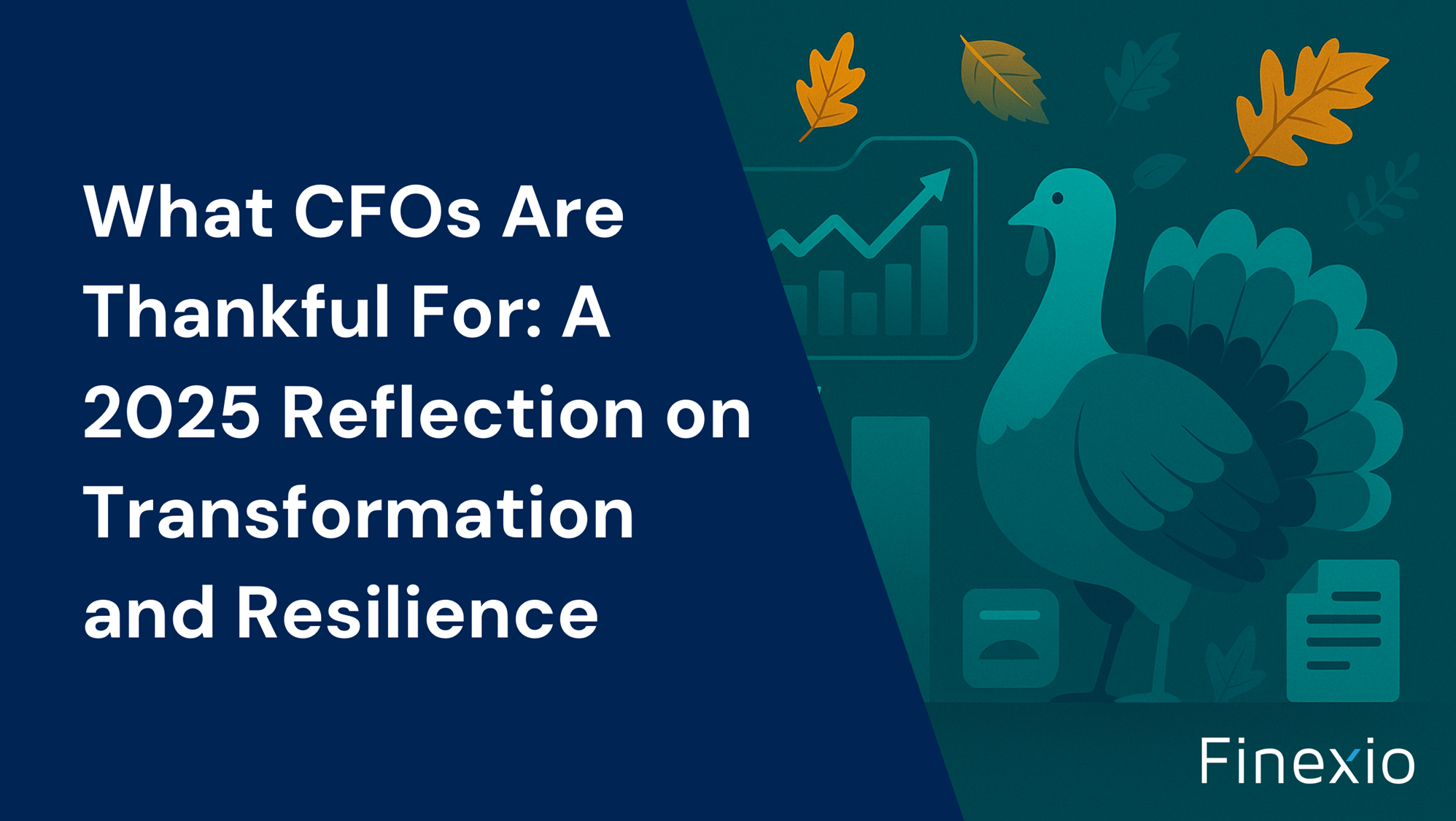The Benefits of Virtual Card Payments


More accounts payable (AP) departments are transitioning from paper-based to digital payments due to the efficiency and cash flow improvements they create in the AP B2B payments processes. The addition of a virtual card program to your payments system unlocks profit potential from which both buyers and suppliers can benefit, including improved business relationships and more straightforward vendor payments management.
In the rest of this article, we will discuss how a virtual card works and how both accounts payable departments and their suppliers can improve their bottom line by incorporating virtual cards into their invoice payment workflow, including:
1. Ease of Setup
2. Improved Cash Flow
3. Eliminate Short Payments and Overpayments
4. Improved Transaction Details
5. Enhanced Control and Improved Security
6. Reduced Payment Costs
7. Straightforward Reconciliation
What Are Virtual Cards?
A virtual card is the electronic, cloud-based version of a credit or debit card, with a 16-digit computer-generated number created for making a vendor payment of a specific amount.
The virtual card system creates a more secure method over other types of payments like ACH and paper checks, increasing speed and security while reaping the benefits of typical card payments like interchange fees and reward programs.
The card numbers issued for virtual cards are one-time use only and with a pre-defined expiration to prevent them from sitting in inboxes not processed. Companies that send virtual cards to their suppliers simply define the amount they need to send and the supplier processes the payment just as they would physical cards, at which point, rich and useful remittance information is automatically created for both the payer and payee.
The Benefits of Virtual Card Payments
Payments in the B2B arena are complicated transactions with many different parties and moving parts involved in the transfer of funds. When the flow of payment is broken, such as a missing check, the entire payment pipeline is brought to a grinding halt.
Manual intervention is usually required to correct the problem, which can create significant bottlenecks. Virtual cards have been highly effective at addressing many of the issues faced by traditional payment systems.
1. Ease of Setup
Virtual cards were once the domain of large businesses using sophisticated AP automation for making vendor payments. However, the technology has become mainstream and is now available to anyone who can use the internet and excel spread sheets. Once the system is in place, and the account is created, virtual cards can be sent out next day.
2. Improved Cash Flow
Suppliers who already accept credit cards as a form of payment have factored the associated processing fees into their cost structure. The immediate nature of virtual cards means suppliers receive their payments sooner. Cash flow is dramatically improved, and there is no risk of late payments or lost checks.
Suppliers who accept virtual cards are in line to become the preferred supplier, which is also beneficial to cash flow when they are the first choice to supply a new need within the organization. With suppliers thus incented to accept them, comes overall higher rates of acceptance across your entire supplier base, all compounding the benefits of the payment type.
3. Eliminate Short Payments and Overpayments
As mentioned earlier, virtual cards can be programmed to a set amount, so payments cannot be processed for an amount higher or lower than the pre-set value, just as only the designated recipient can actually be the one that accepts it.
With this level of control over AP automation for vendor payments, the risk of errors such as short payments or overpayments are greatly reduced. Costly and time-consuming exception processing are less likely to interrupt the flow of funds, and labor is freed up in accounts payable to conduct more value-add activities for the company.
4. Improved Transaction Details
ACH and wire transfer are typical electronic alternatives that are often used in AP automation solutions, but they each have limitations that are addressed by virtual cards.
The most significant problem faced by users of these systems is the lack of space for remittance details. ACH has only 80 characters allotted for transaction details. Wire transfers have a few more, but 140 characters are not always enough.
Virtual cards eliminate this problem by providing as much space for details as required. There are infinite possibilities for customization of remittance information. ePayments are streamlined, and manual reconciliation is all but eliminated, again resulting in valuable time and cost savings.
5. Enhanced Control and Improved Security
A recent survey by J.P Morgan reports that 74% of check payments were attempted or actual targets of fraud in 2019. The numbers are still significant at 40% for wire transfers, and 33% for ACH debits. The report also goes into some detail about how ACH fraud is rising, while there has been a downturn in the number of fraud attempts on wire transfers.
Buyers are not the only victims of fraud. Suppliers face risks as well, and not just financial ones, as their reputation is also on the line. Fraud can be enabled in one of three ways when sharing payment information: suppliers can unwittingly pass confidential information onto the fraudsters, a third party can intercept the data during the connection, and employees can steal information from the supplier.
Virtual cards create a barrier against fraud because information about your bank account is not transmitted during the connection. Virtual card numbers are randomly generated, are for a specific amount, and expire once the purchase is complete. There is no trail to a physical card that a fraudster can use if they intercept the payment or try to access unused credit for their purposes.
Your virtual cards are locked into specific amounts of available credit for a limited time on every payment, which all adds up to a significant challenge for credit card fraudsters.
If a criminal somehow manages to get the virtual card number (which is a series of randomly generated digits), they will need to know the exact amount and perform the fraudulent transaction within the set timeframe.
The full credit card number is also not part of the transaction. Without this information, the virtual card is useless. Accounts can also be linked to one or several merchants. If a fraudster attempts to use the card anywhere else, it will be rejected.
6. Reduced Payment Costs
Virtual cards can replace many of the transactions currently handled by checks and AP payment processes. Checks are one of the most expensive payment methods to process, with some costing as much as $20. These fees are necessary due to the number of manual steps involved in processing a payment and the higher chance of there being an exception with a paper based process.
Virtual cards reduce the number of steps required for processing a payment, which significantly reduces the cost while adding value to the bottom line. Considering that checks are the most vulnerable payment method to fraud, savings can be found in avoiding the issue of recovering stolen funds and reissuing a new check as payment.
7. Straightforward Reconciliation
Finding the owner of a transaction is a massive bottleneck for financial teams when it comes time to collect receipts or reconcile a transaction. In most cases, multiple staff members need to be consulted to clarify the reason for the purchase.
Virtual cards are assigned to individuals, specific departments, or expense codes. You can also link a card number to just one, or several merchants. This information makes it a relatively simple task to find the source of payment, locate receipts, and reconcile the transaction.
There is a technological shift in the B2B payments arena that promises to address the shortcomings of traditional payment systems like checks, credit cards, and ACH payments.
Virtual cards offer significant advantages to both buyers and suppliers when they are integrated into a B2B payment system. AP automation can be streamlined, and risks significantly reduced in regard to fraud and checks getting lost in the mail. They are a safe, secure method for making vendor payments, reducing costs, increasing cash flow, and improving business relationships.
Click here to set up a consultation to learn more about how your organization can take advantage of virtual card and e-payable solutions today.
Get the free Newsletter
Get the latest information on all things related to B2B and electronic payments delivered straight to your inbox.




